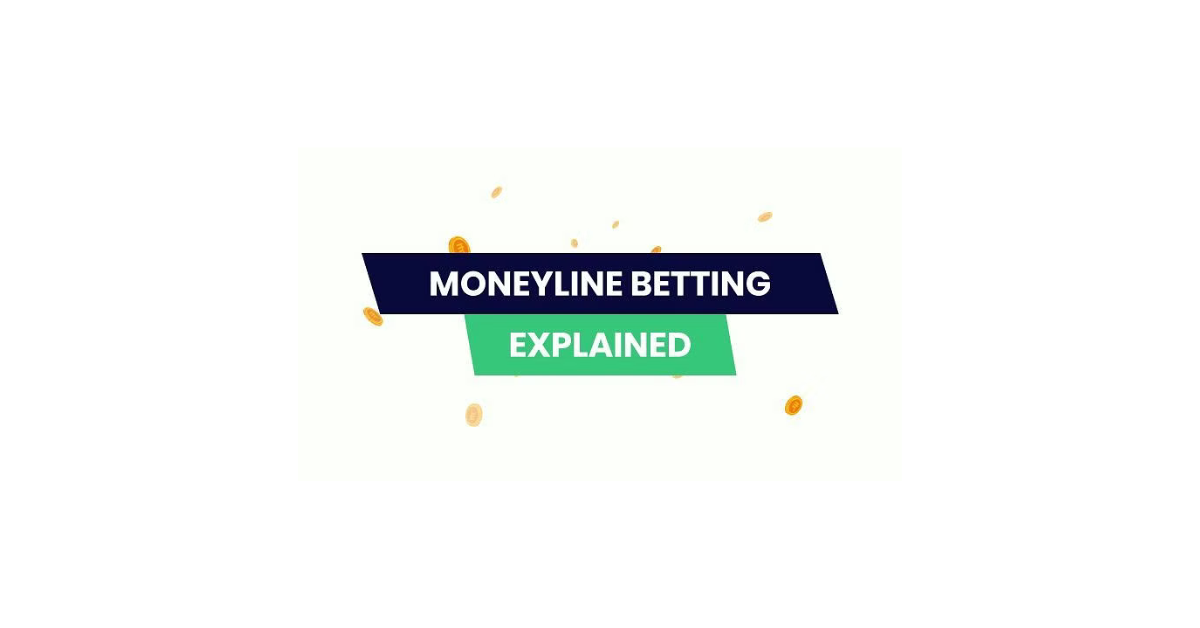Moneyline Definition
A moneyline bet is a simple and straightforward way to wager on sports. It involves placing a bet on the outcome of a game or event, with odds represented by a positive or negative number. The positive and negative numbers indicate the favorite and underdog in the matchup, respectively.
The positive moneyline indicates how much profit you can make on a $100 bet if the underdog wins, while the negative moneyline represents how much you need to bet in order to win $100 on the favorite. Understanding moneyline odds is essential for any sports bettor looking to place wagers on various sports events.
Moneyline Odds
When looking at Moneyline odds, you will come across two types of odds – positive and negative. Positive Moneyline odds indicate the potential profit you could make on a $100 bet, while negative Moneyline odds show how much you need to bet to make a $100 profit.
For instance, if you see a positive Moneyline odds of +200 on a team, it means you could win $200 on a $100 bet if that team wins. On the other hand, if you encounter negative Moneyline odds of -150, it implies that you would need to bet $150 to make a $100 profit if that team is victorious. Understanding these two types of odds is essential for interpreting Moneyline odds accurately.
Positive Moneyline
When you encounter a positive moneyline, it indicates the amount of profit you could potentially earn from a $100 wager. For positive moneyline odds, it’s essential to remember that the odds represent the potential winnings in addition to your initial wager. If you have a +200 moneyline, it signifies that you could win $200 for every $100 bet you place.
Positive moneyline odds are common when the team or player is deemed the underdog in a matchup. In these scenarios, betting on the underdog with a positive moneyline can result in a higher payout if they end up winning the game or match. The higher the positive number, the larger the potential profit, making positive moneylines an attractive option for bettors looking to capitalize on the underdog’s success.
Negative Moneyline
When it comes to sports betting, negative moneyline odds indicate the amount a bettor needs to wager in order to win $100. These odds are typically attributed to the favorite in a matchup, signaling that a greater risk is involved in betting on this team or individual. For example, if a team has a moneyline of -200, it means that you would need to bet $200 to potentially win $100 in profit.
In essence, negative moneyline odds reflect the favorite’s superiority in the competition and the likelihood of their victory. While betting on negative moneyline odds may seem like a less lucrative option due to the higher risk involved, it can still be a profitable strategy if you believe strongly in the favored team or individual’s chances of winning. As with any form of sports betting, it’s essential to consider all factors before placing your wager to make an informed decision.
How to Read Moneyline Odds
When looking at a moneyline odds format, you’ll notice positive and negative numbers. These numbers indicate the potential profit or loss associated with a bet placed on a certain outcome. Positive moneyline odds represent the potential profit you could make on a $100 bet, while negative moneyline odds show how much you need to bet in order to win $100.
For positive moneyline odds, the number represents the profit you would make if you bet $100 and your wager is successful. For example, if you see a moneyline of +200, this means you could potentially win $200 on top of your original $100 bet if your chosen outcome prevails. On the other hand, negative moneyline odds indicate how much you would need to bet in order to win $100. For instance, if you come across a moneyline of -150, you would need to bet $150 to win an additional $100 if your bet is successful.















